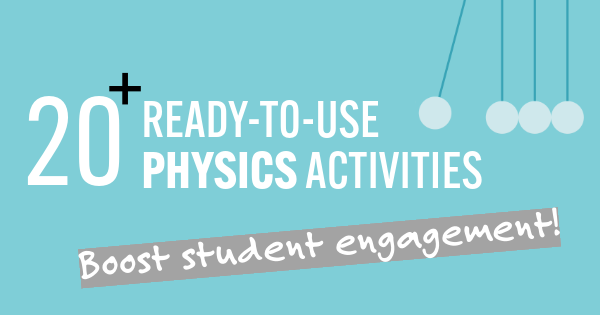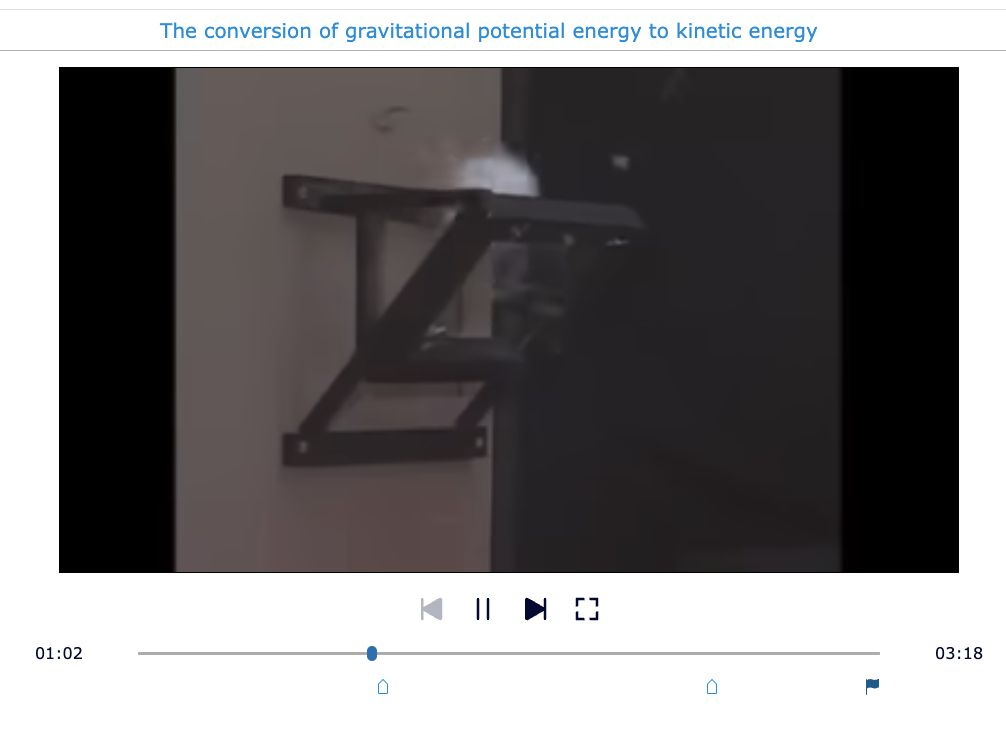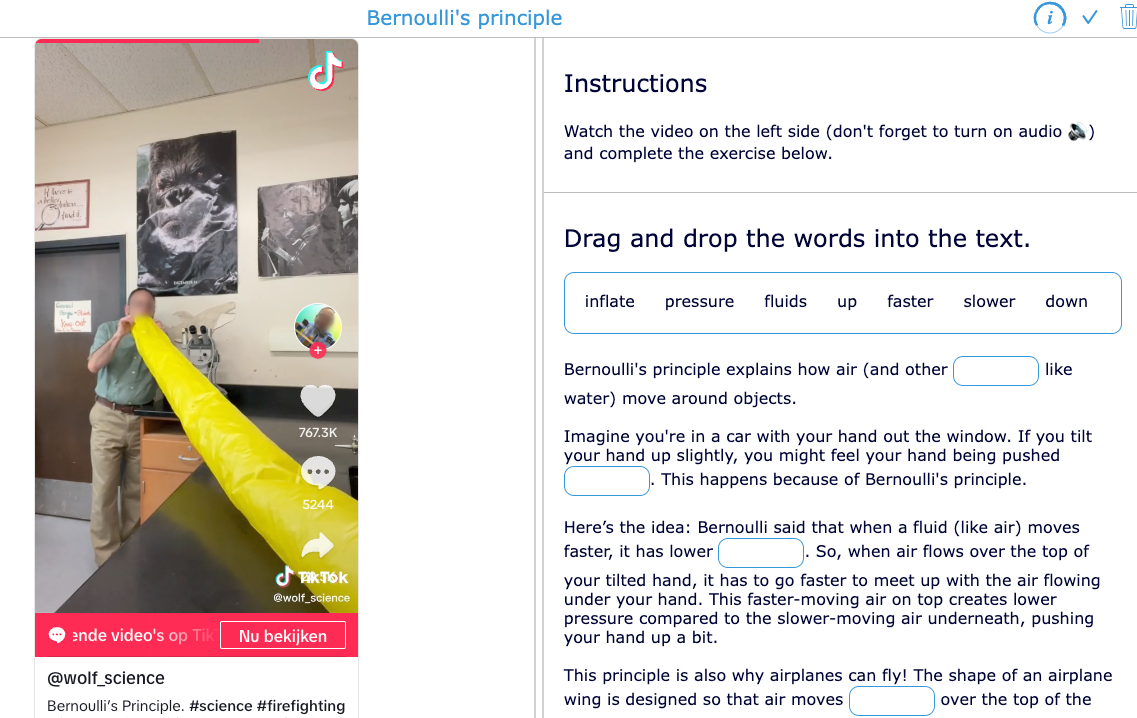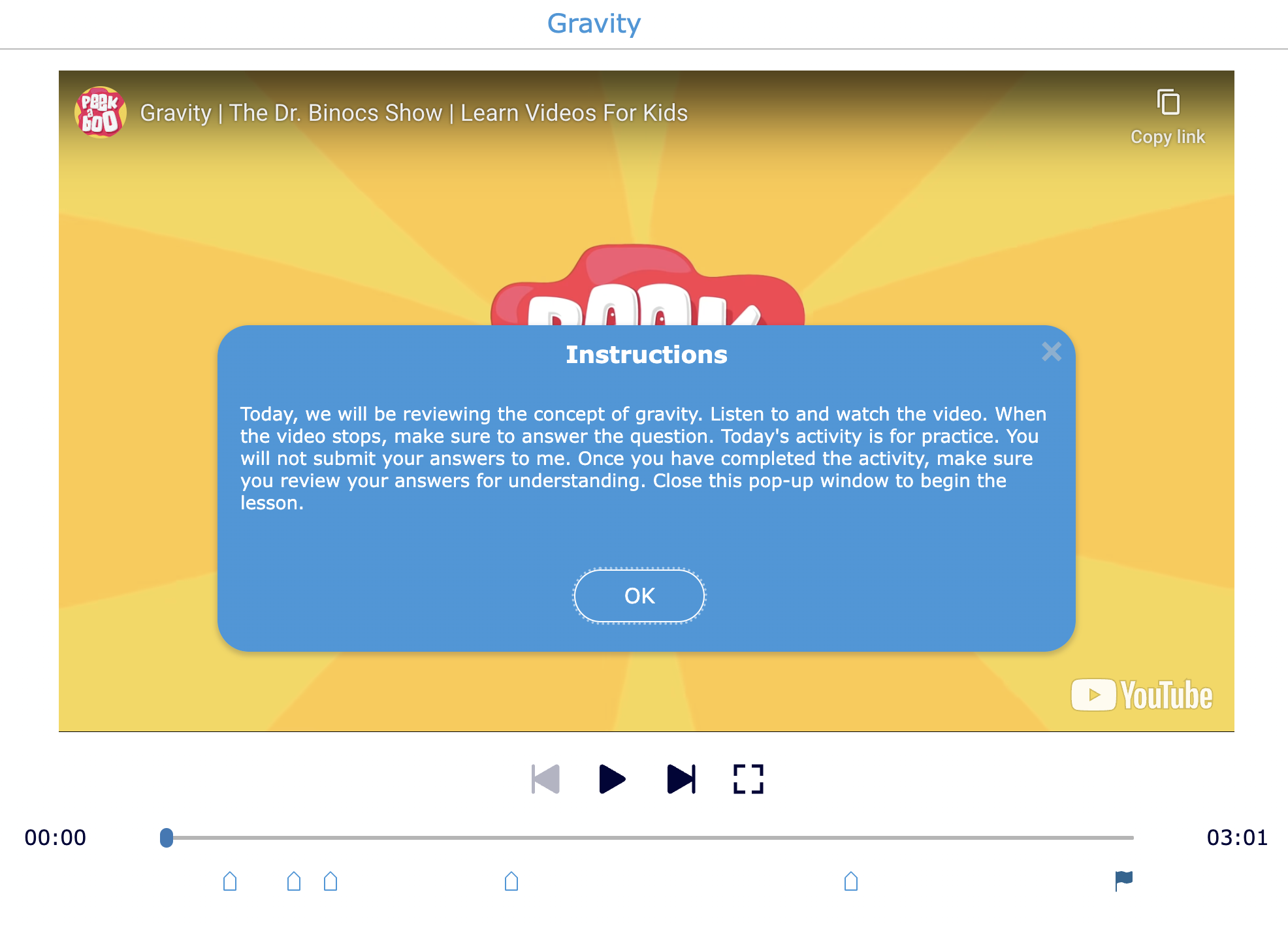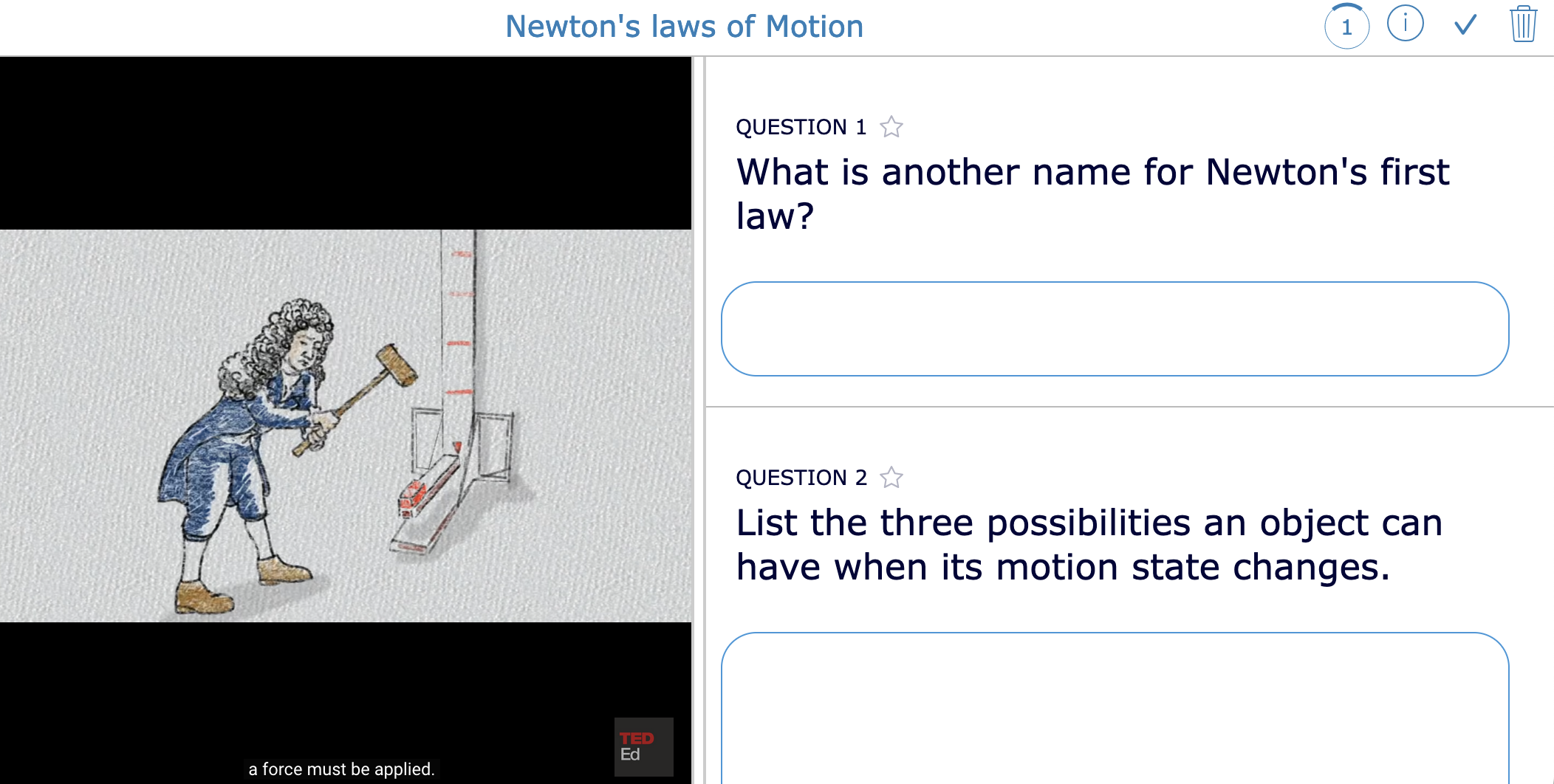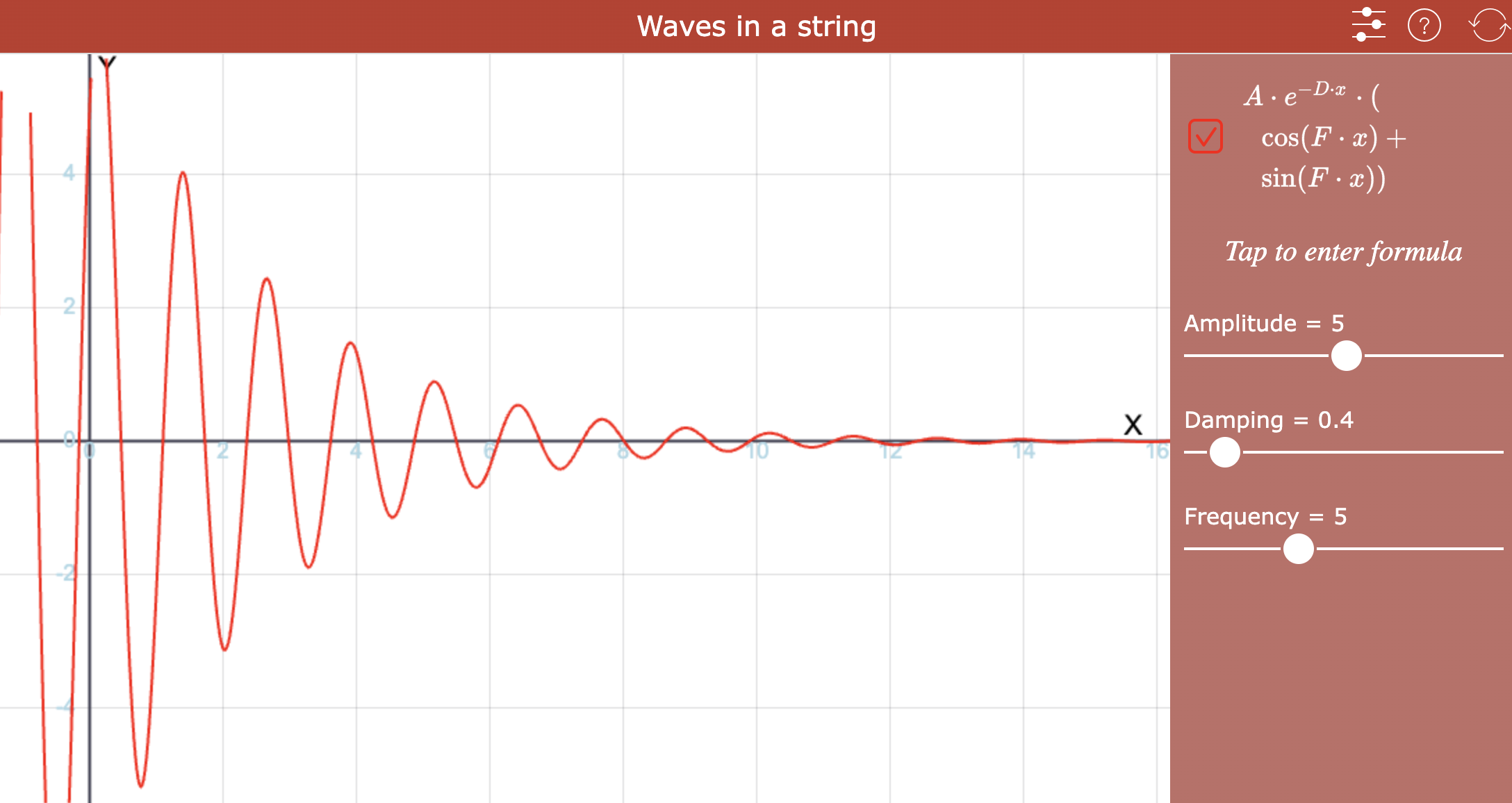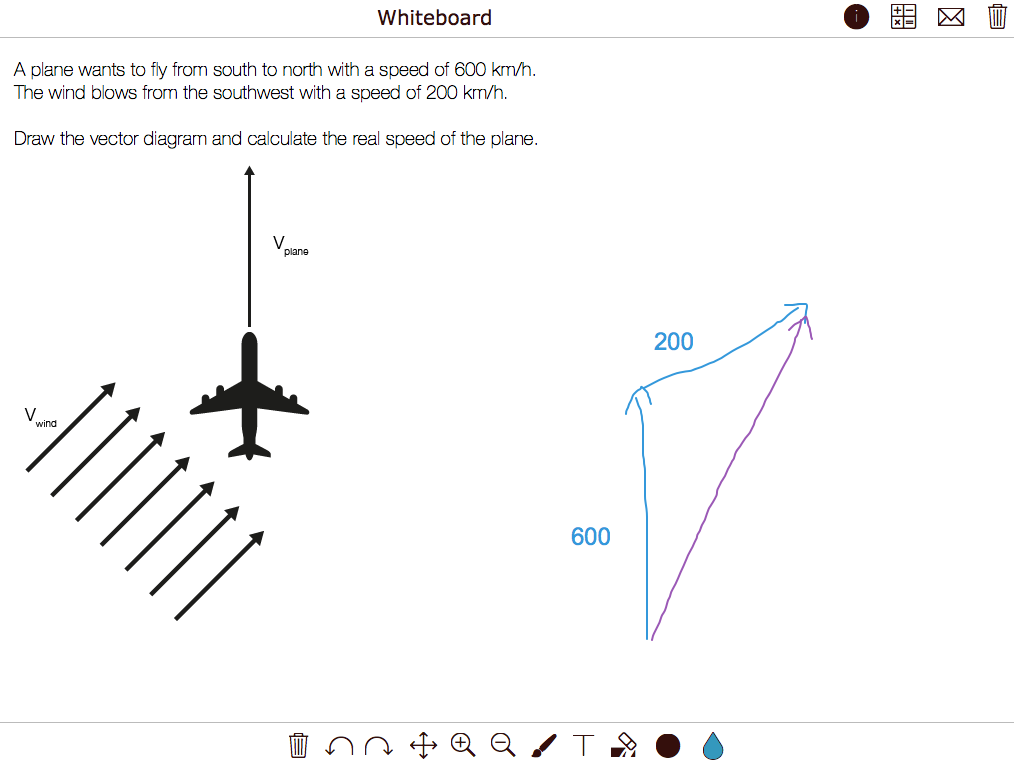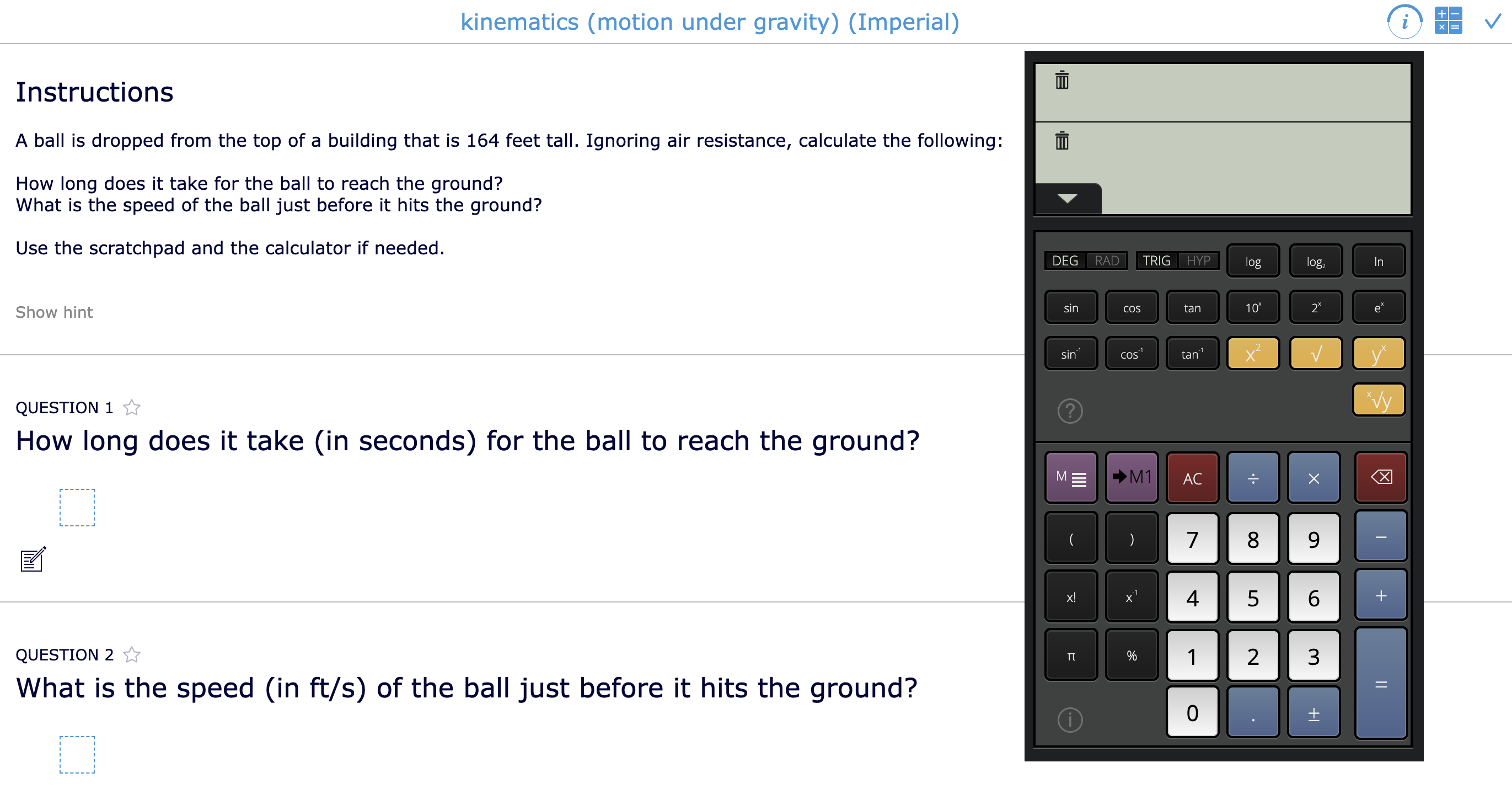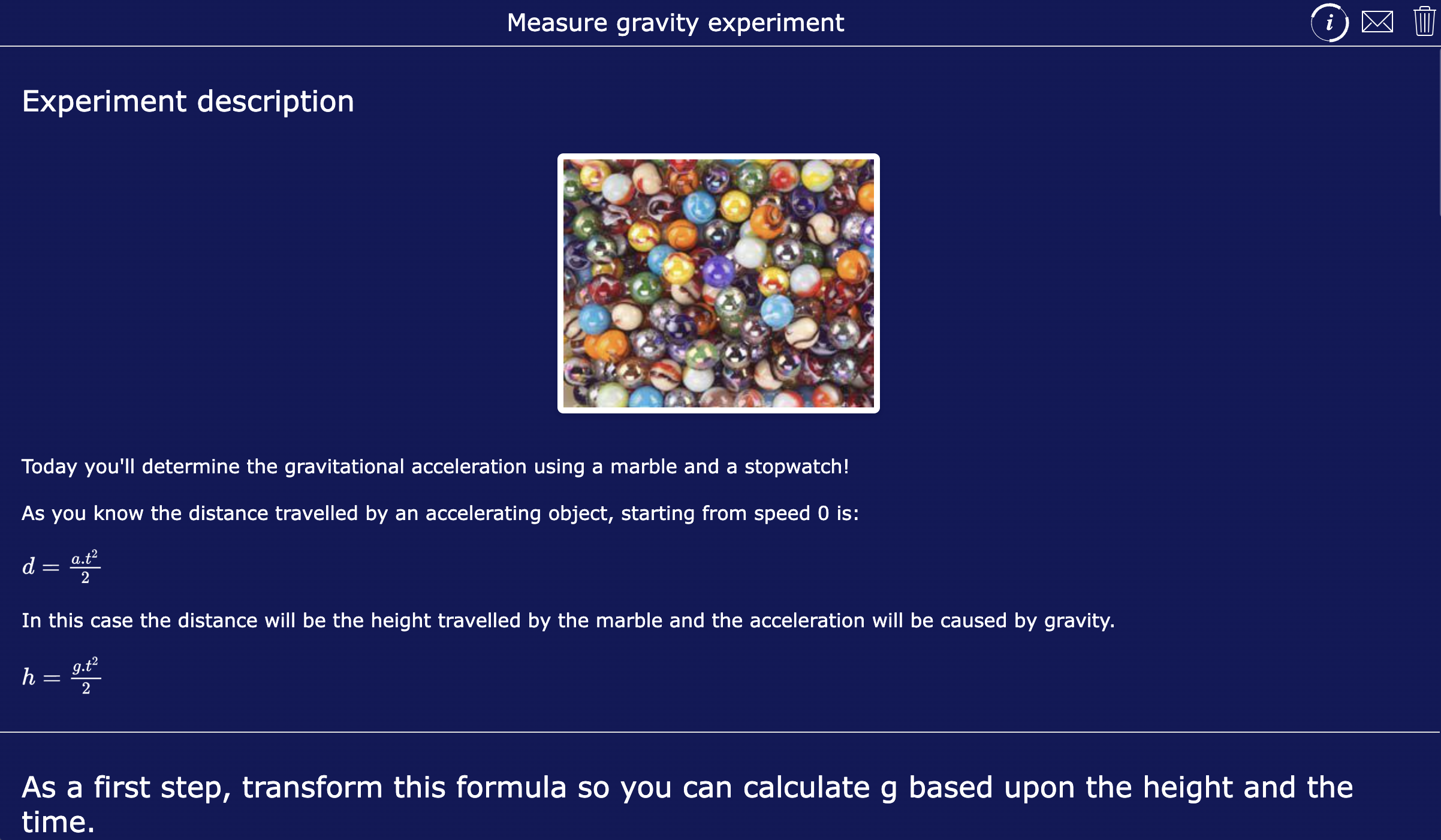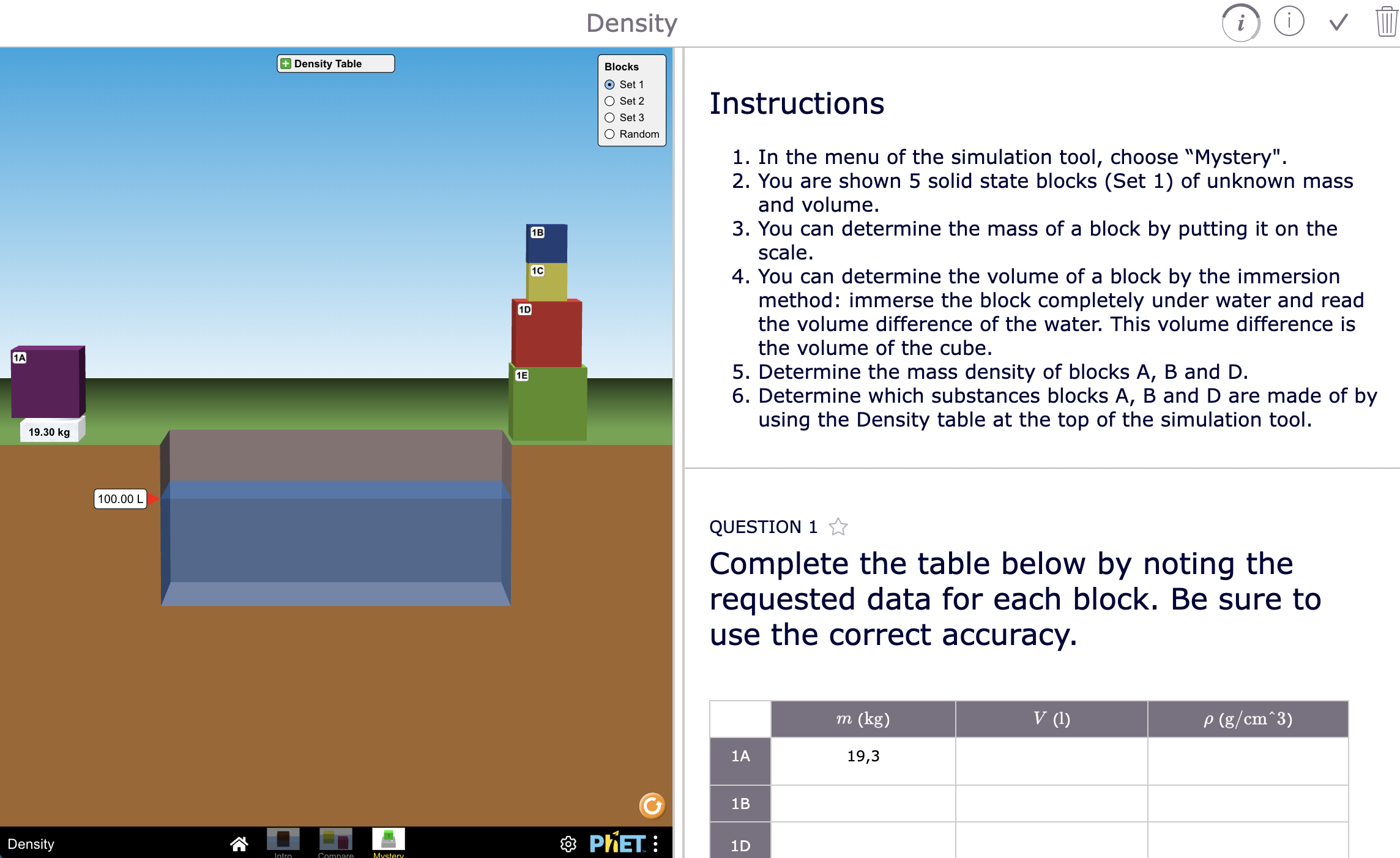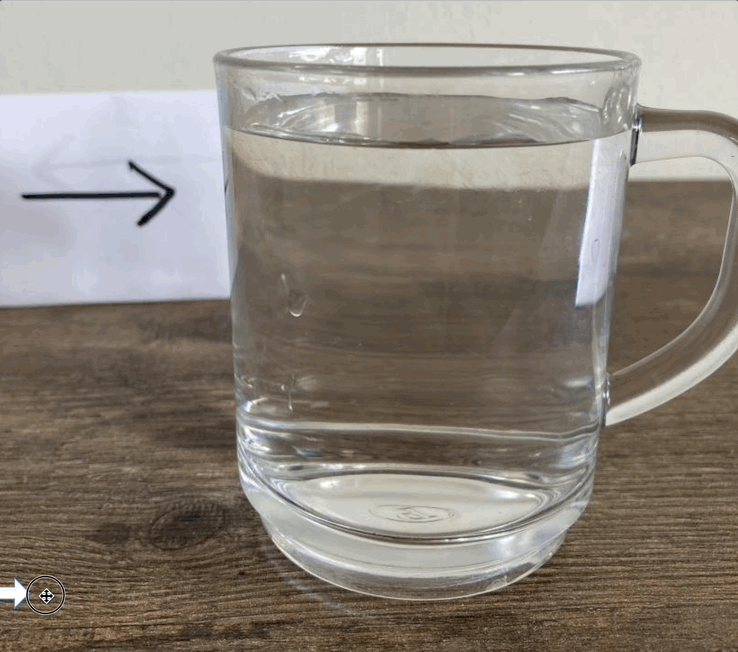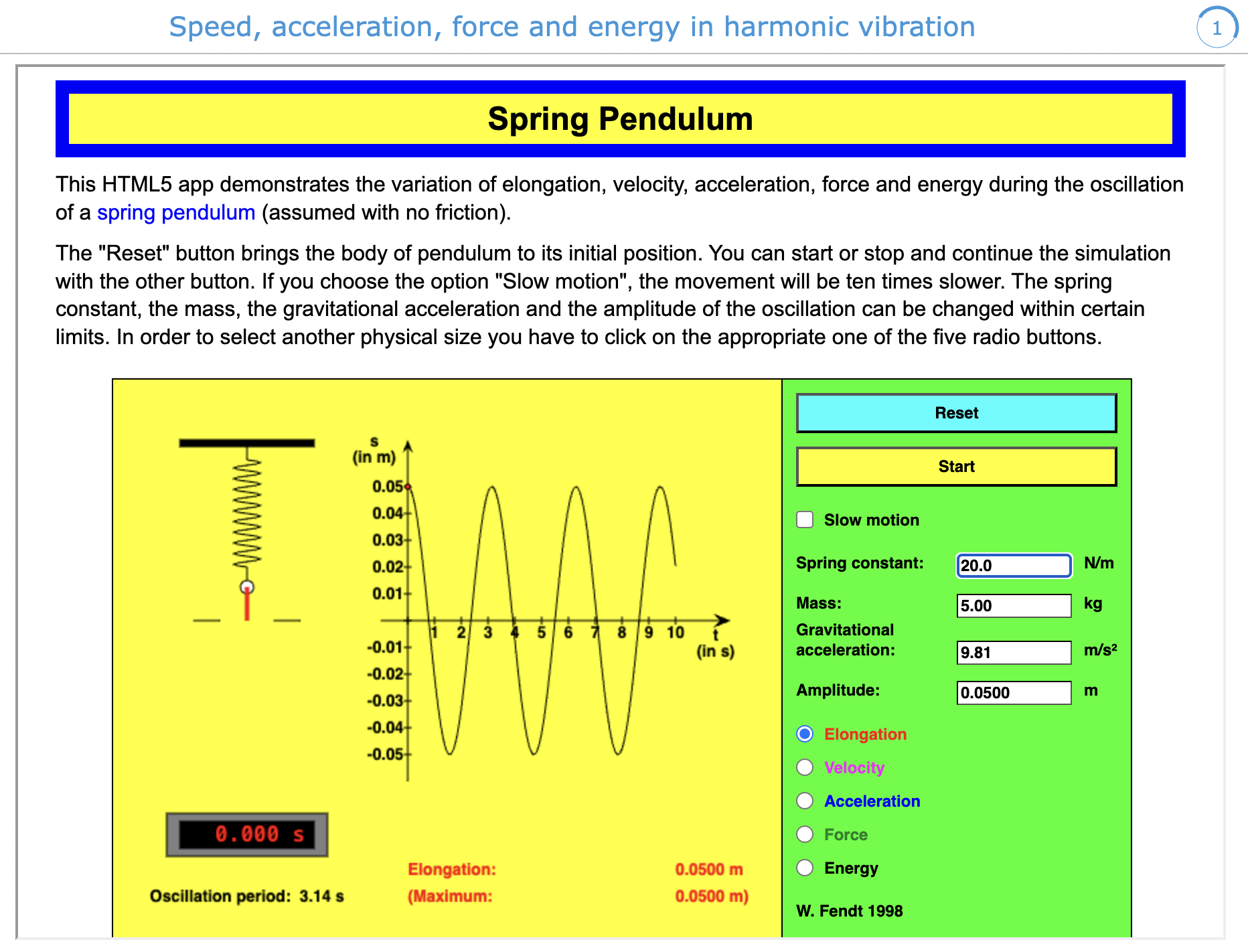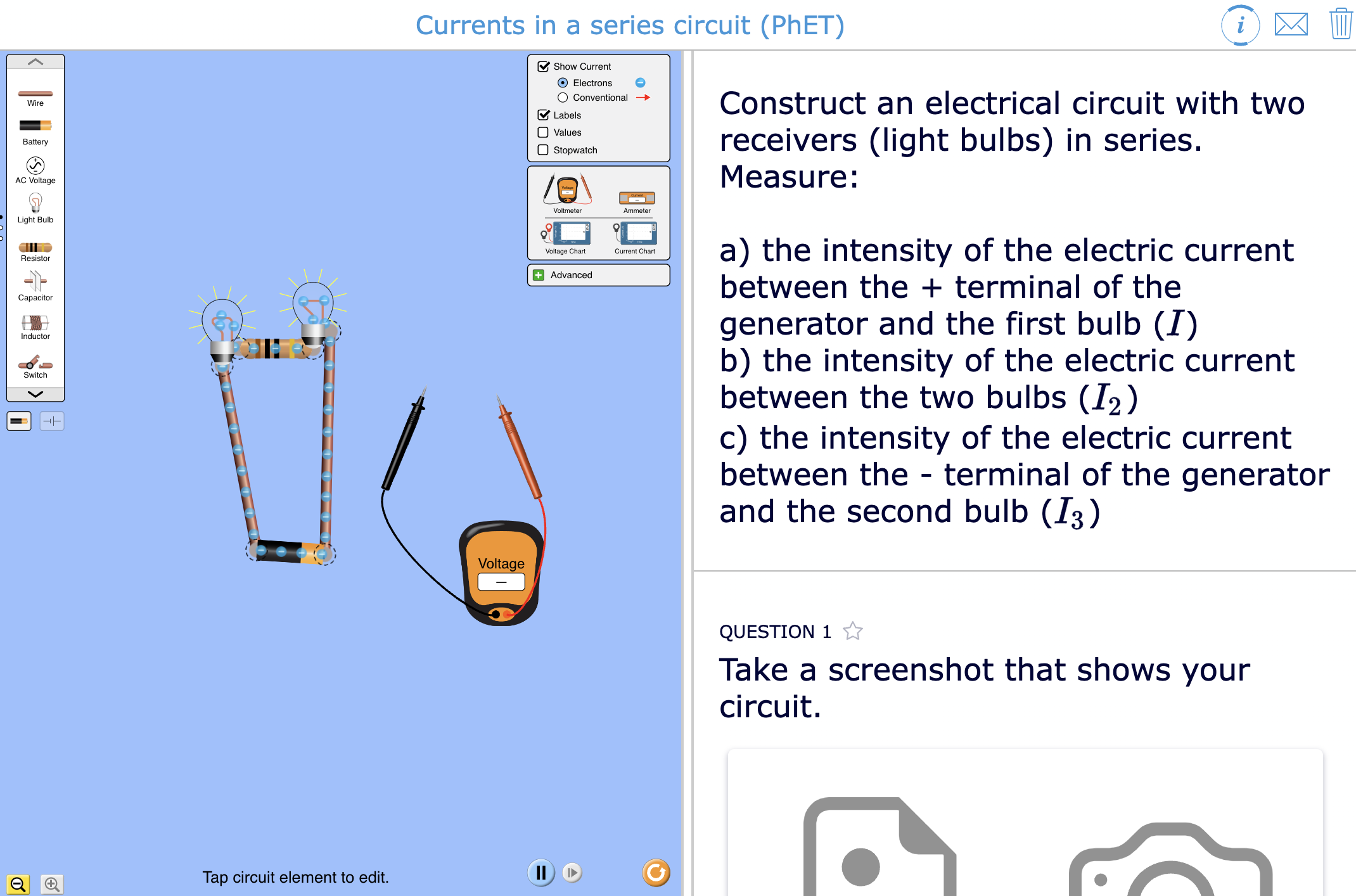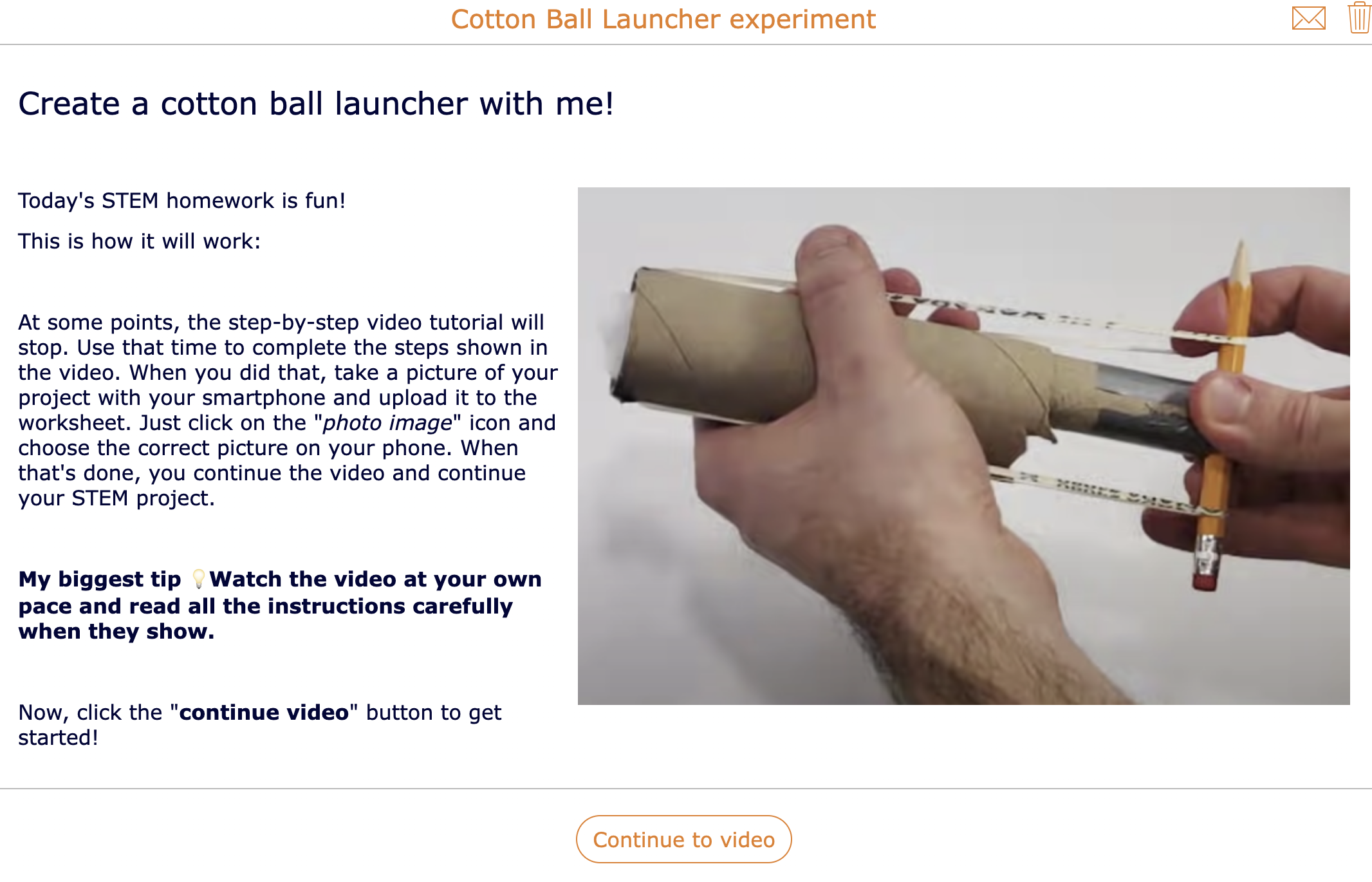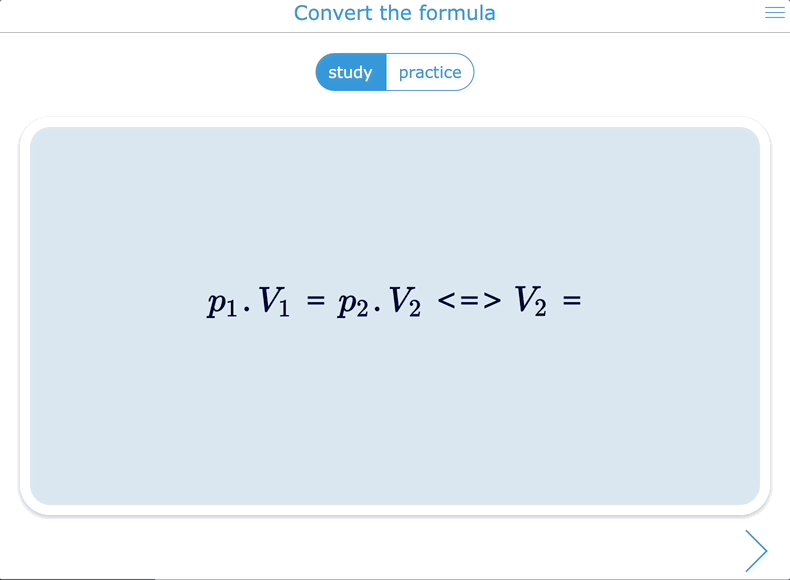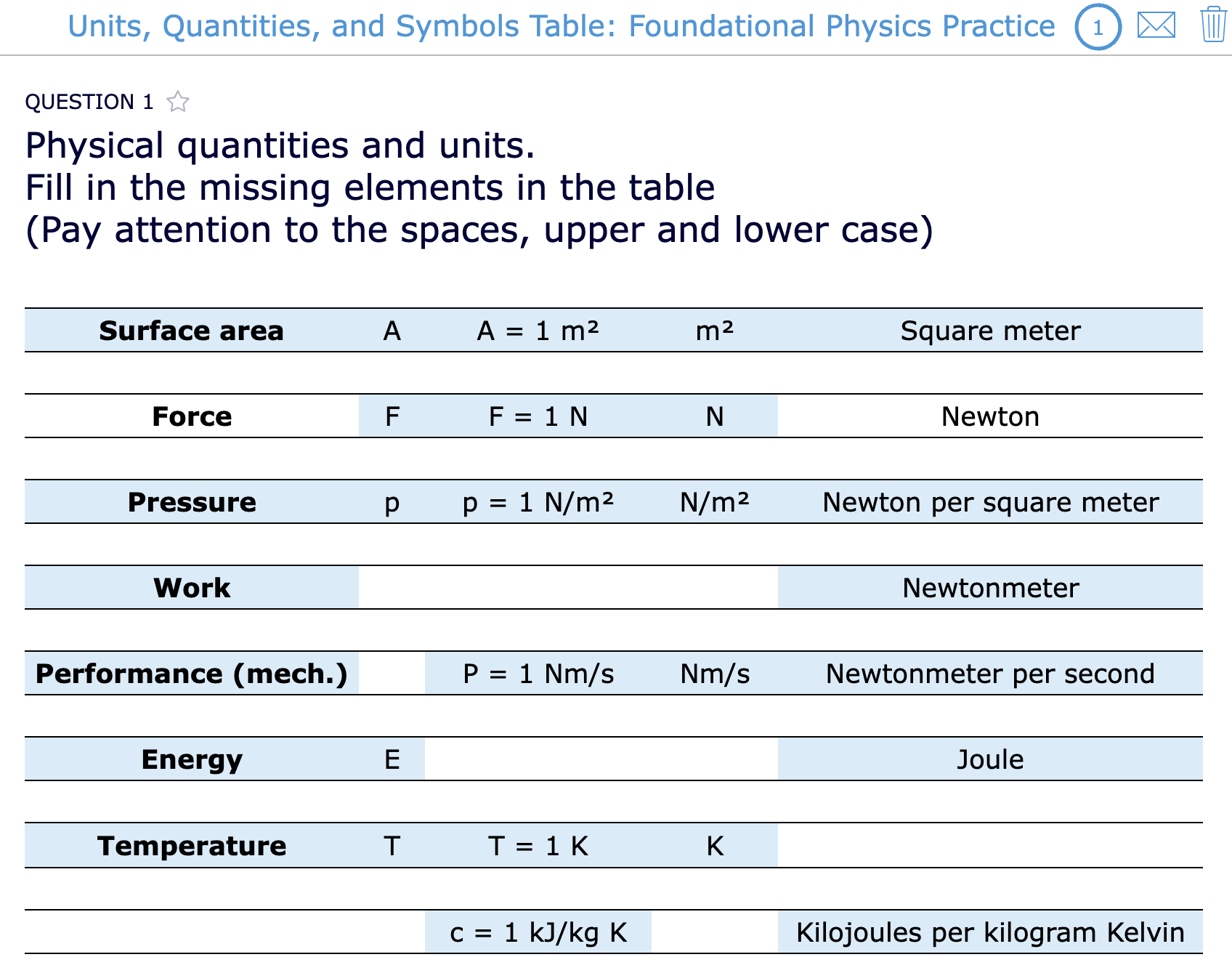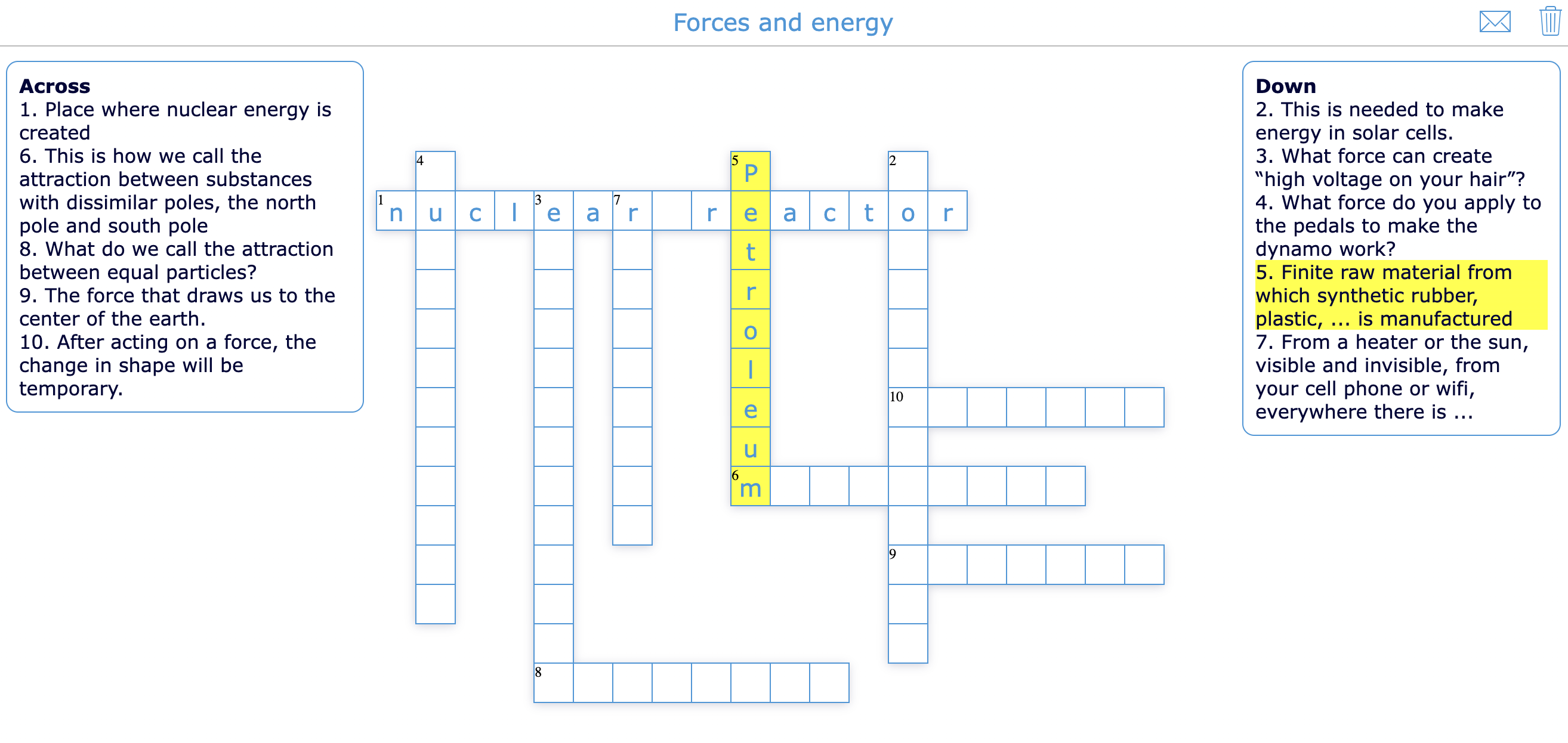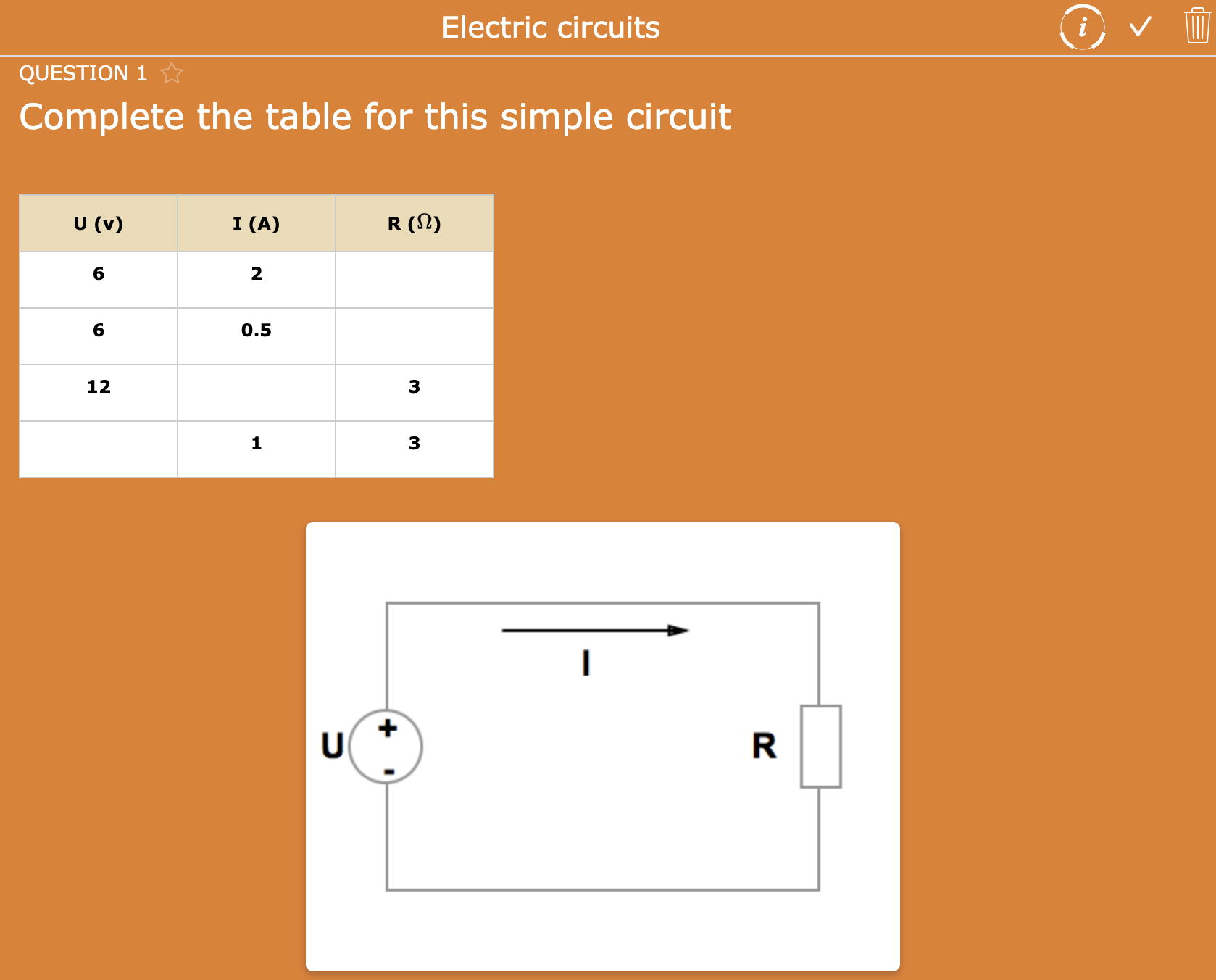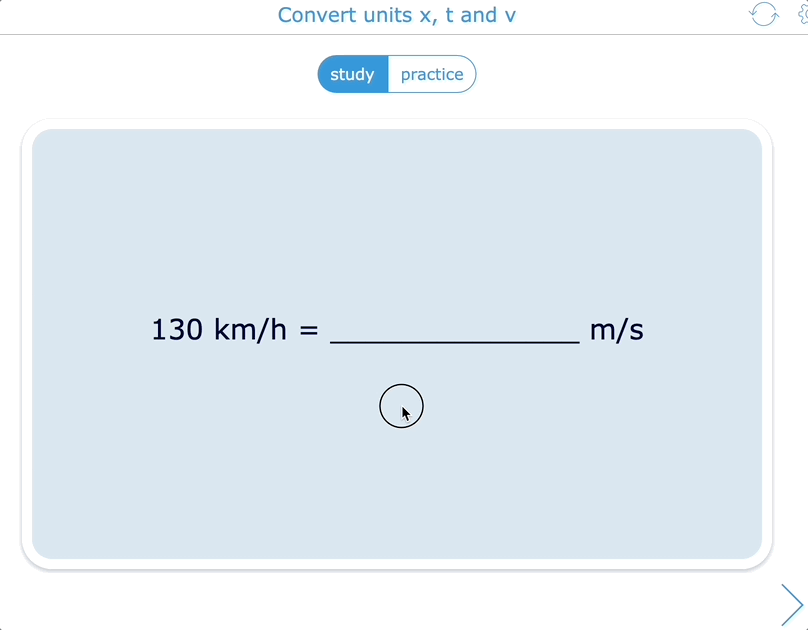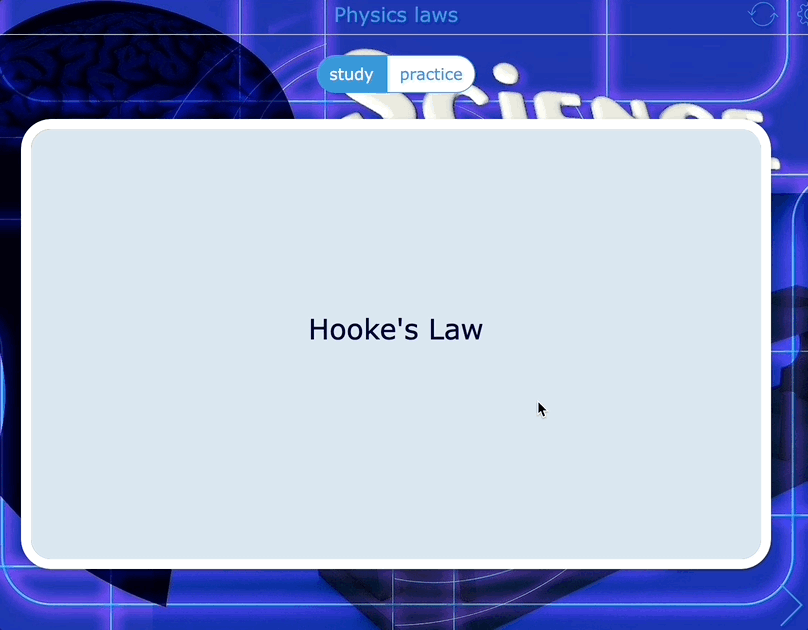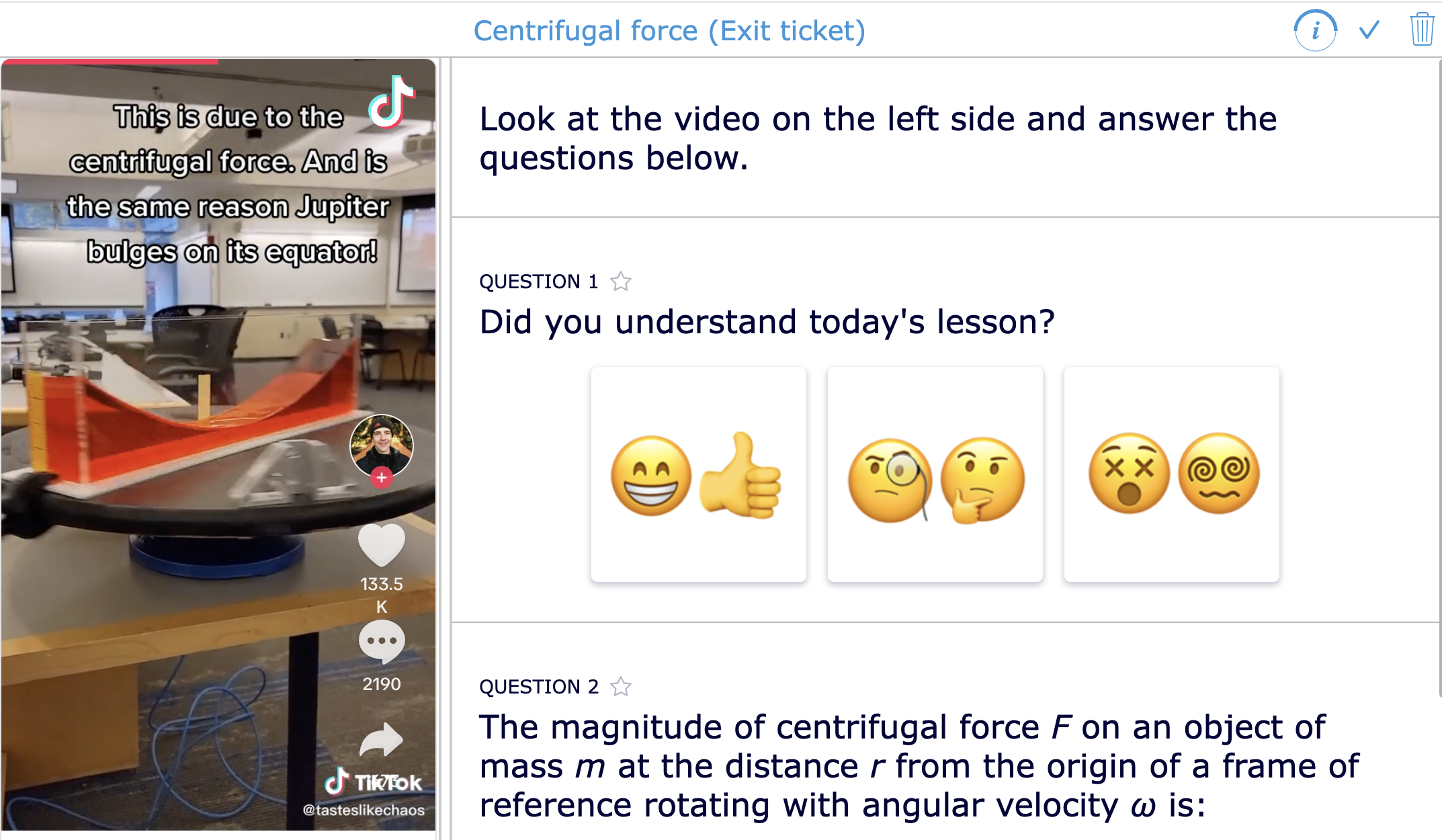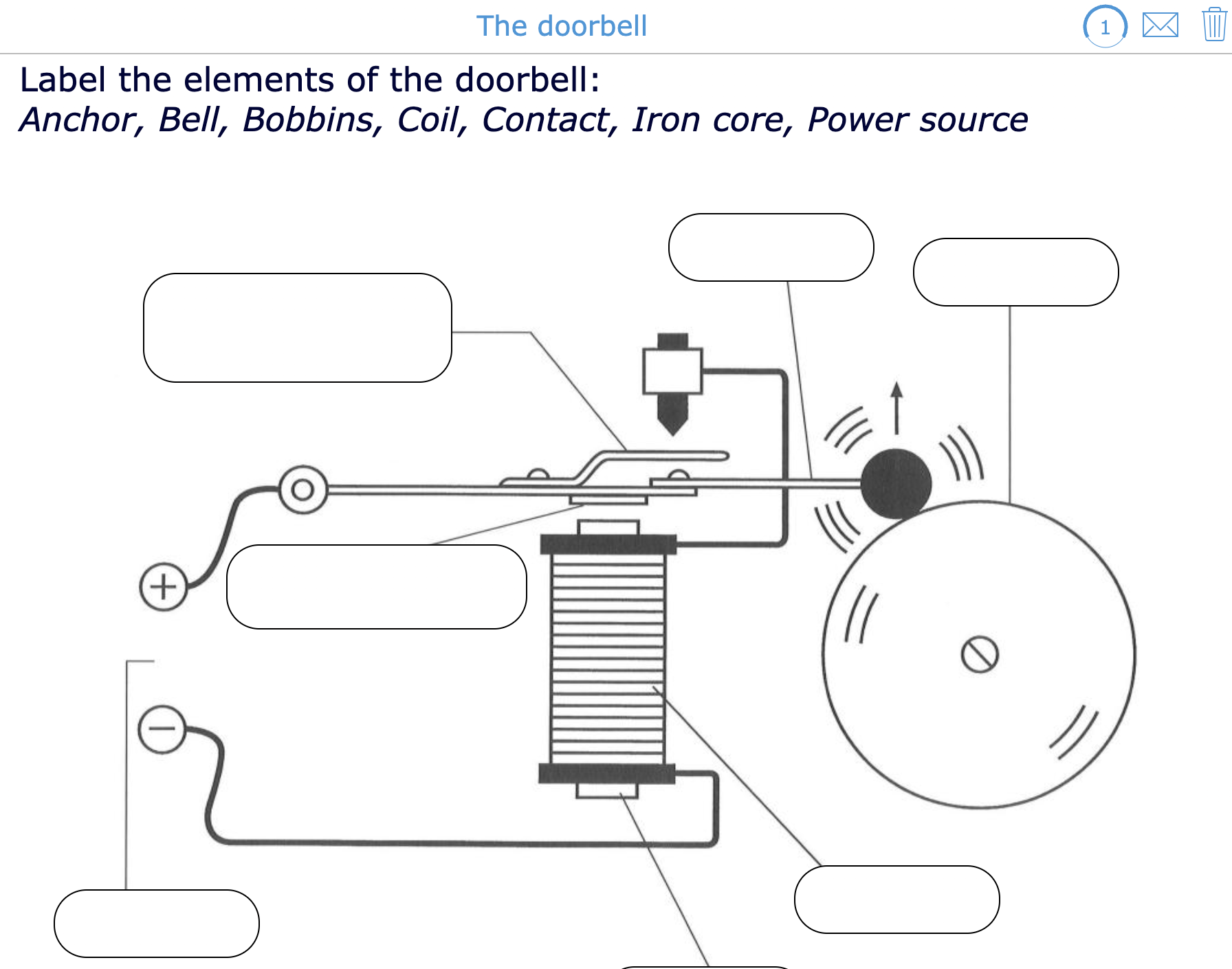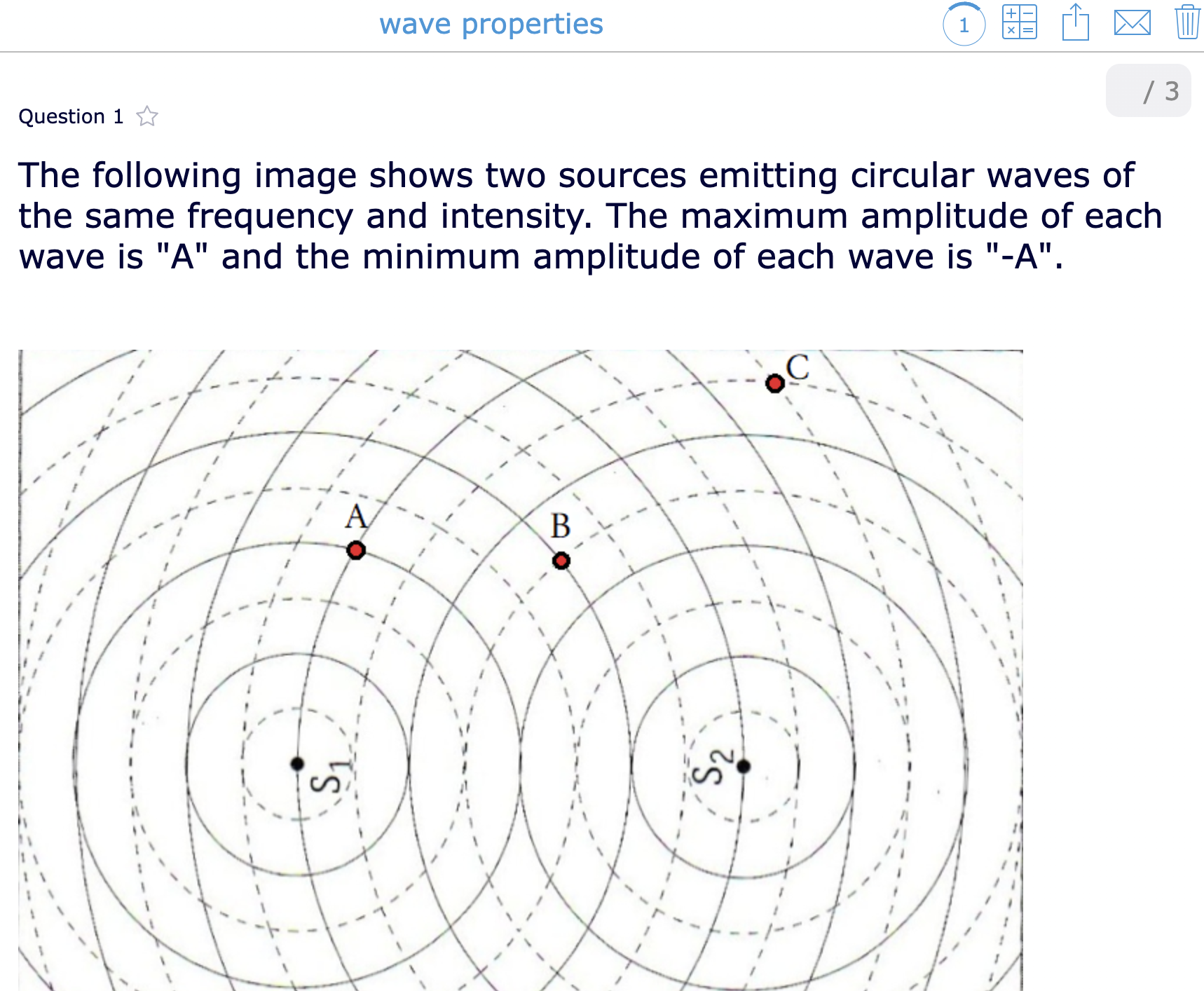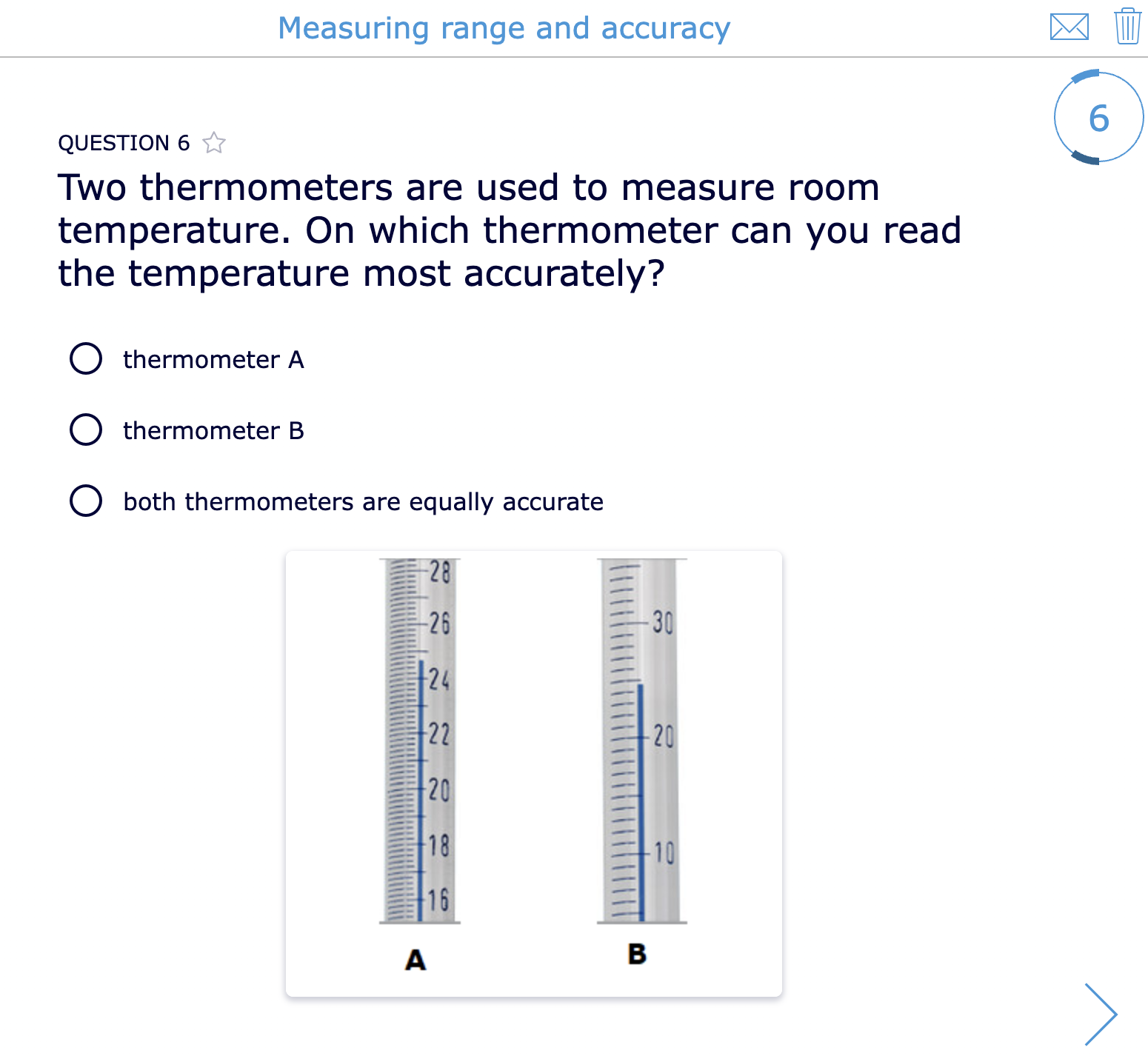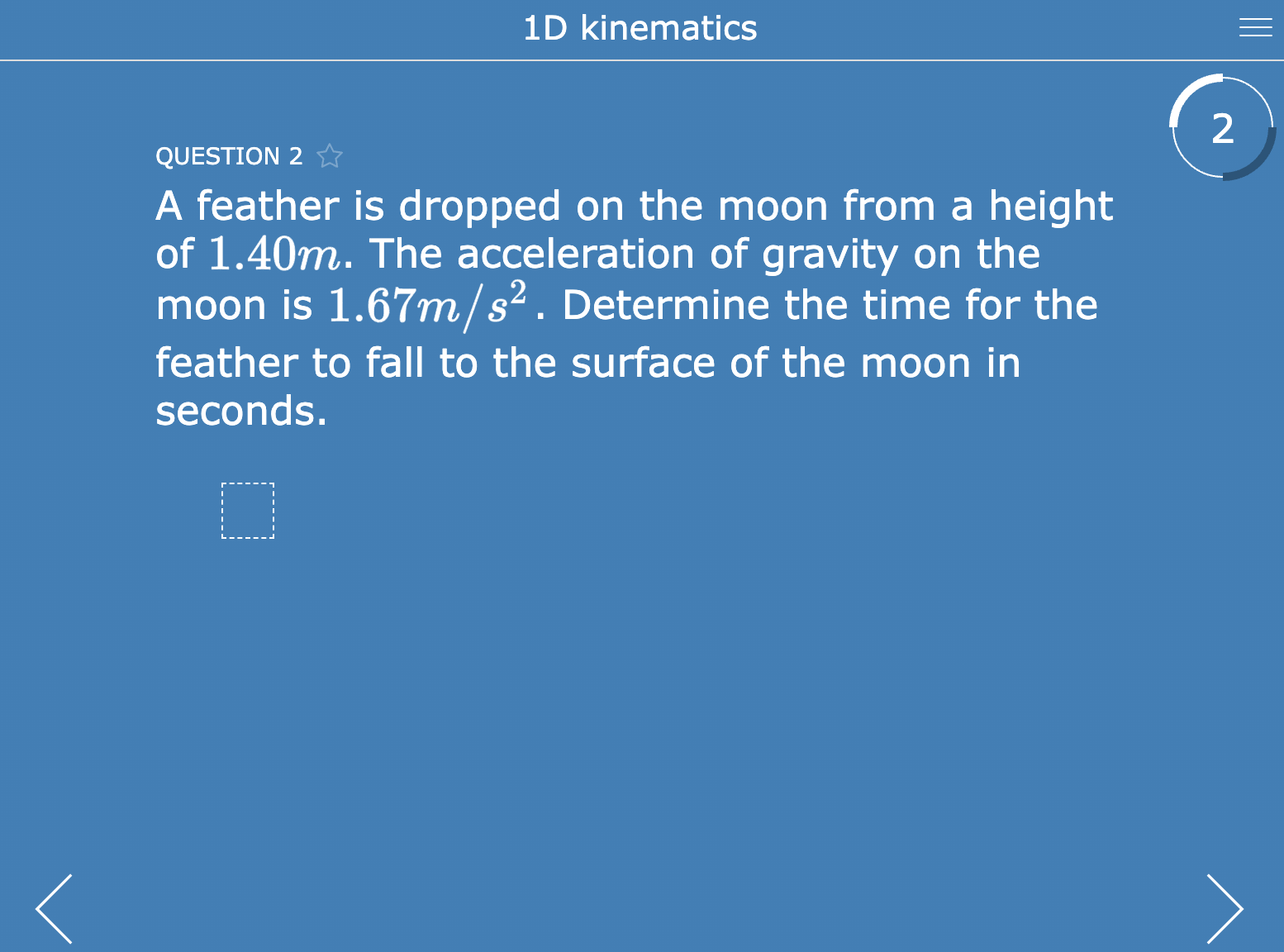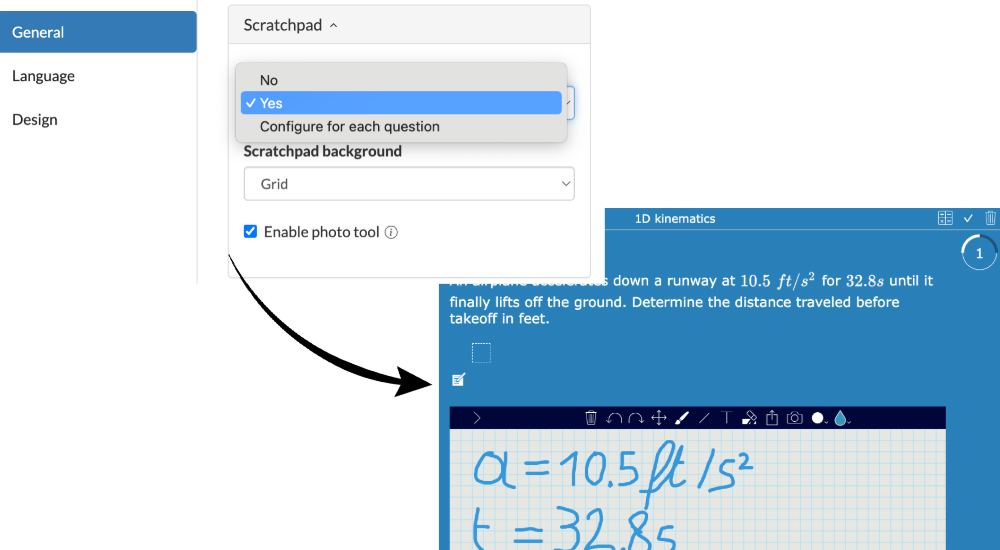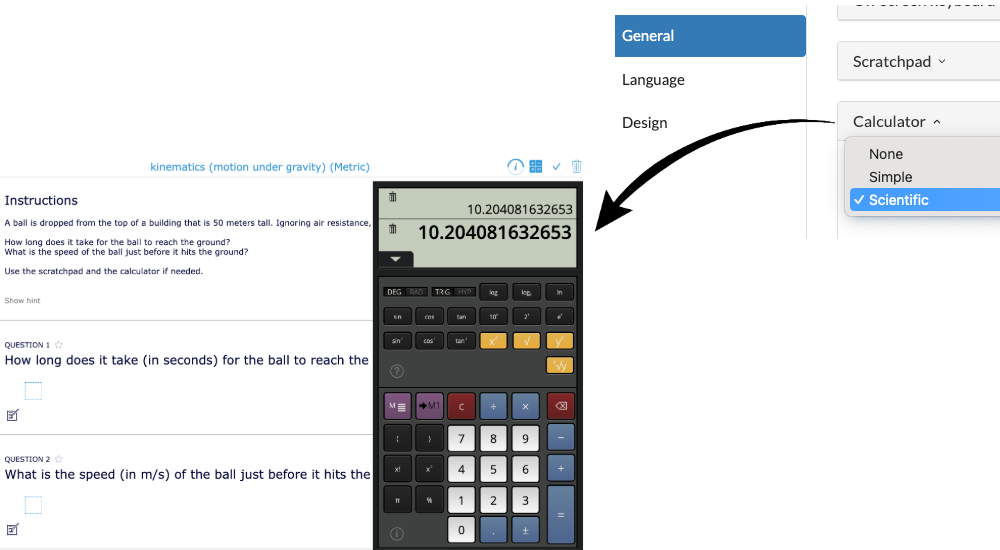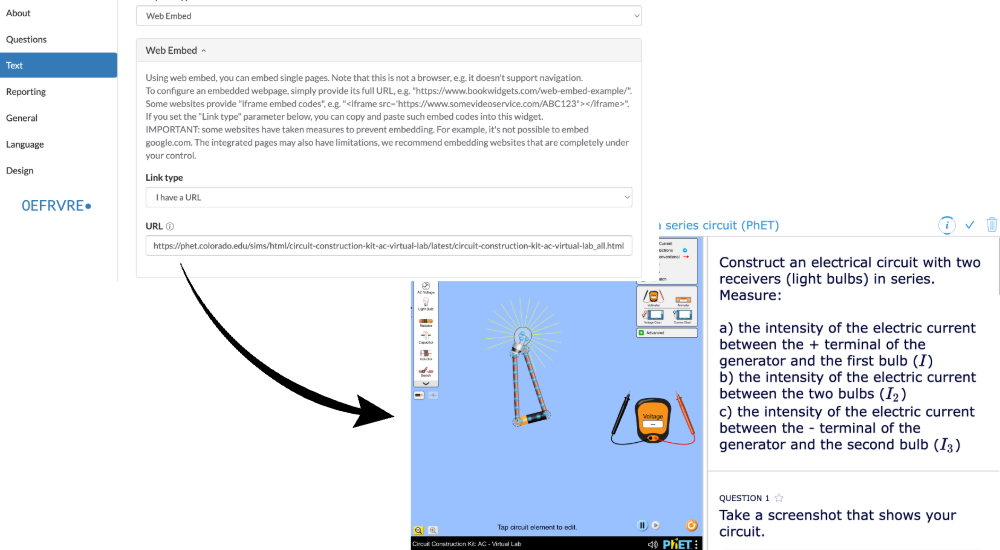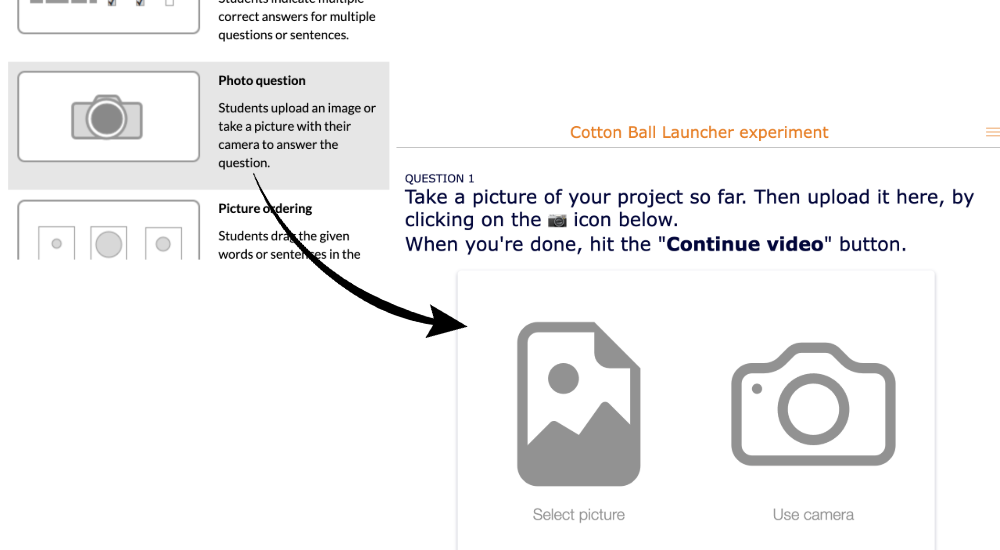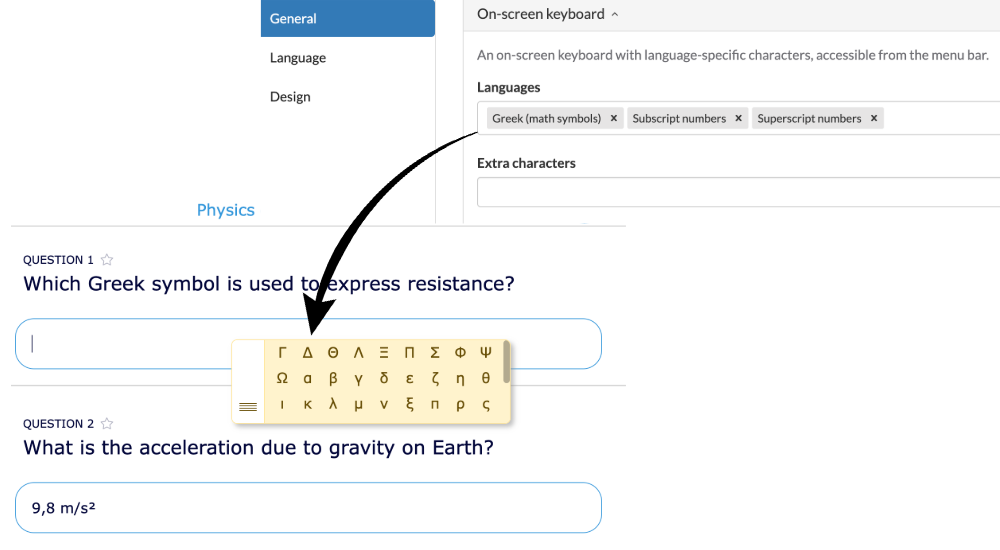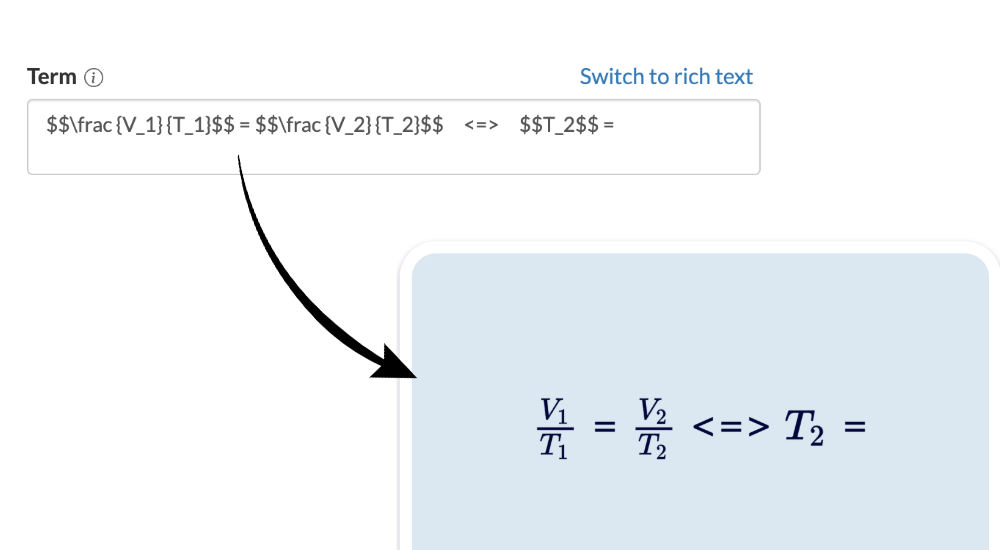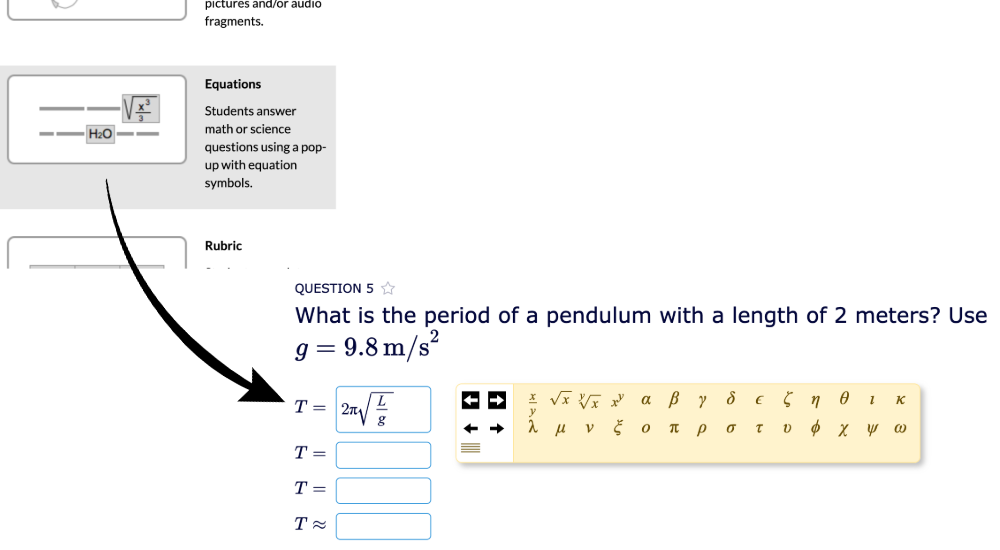Boost Student Engagement in Physics with These 20+ Ready-to-use digital Lesson activities
 Dimitri Bongers —
Dimitri Bongers —
Physics answers the "how" of the universe by exploring motion, energy, and forces. Unlike biology, which tries to answer the "why," and chemistry, which studies "results," physics focuses on the fundamental principles that shape our world. Yet, engaging students in physics can be challenging due to its abstract concepts.
This blog post will show how to boost student engagement with 20+ ready-to-use digital lesson activities for physics. These interactive exercises make physics accessible and exciting, transforming your classroom into a dynamic learning environment. Discover how these innovative tools can spark a passion for physics and STEM in your students.
All these digital science activities are free to use and created with BookWidgets. You can find these ready-to-use physics & STEM lesson plans in this group. You can create a free BookWidgets account (if you don’t have one already) and copy the widgets to your account, allowing you to make some changes where necessary and receive your students’ answers in your account.
The online physics exercises are divided into several categories that at the same time form the sections of this blog post:
- Understand physics concepts and formulas
- Solve physics problems
- Conduct physics experiments
- Study and Practice physics' fundamentals
- Perform formative and summative physics assessments
- Optimize Your Physics Lessons - Bonus Tips
⚠️ Metric vs. Imperial system
Writing a blog post for an international audience with ready-made examples of science activities is challenging because of the regional differences. Depending on your location, you will be used to the metric or imperial system and express temperatures in degrees Fahrenheit or Celcius. Therefore, two versions of some of the examples in this blog post have been worked out; be sure to check out the links below the screenshots. You can also duplicate and modify other examples yourself if the system used is not yours.

Understand physics concepts and formulas
Physics covers a very broad range of topics. In trying to understand and describe the world around us, observations of the movement of planets, objects, light, fluids, electricity, etc., resulted in models and mathematical formulas describing what they observed.
This section presents several ready-made interactive exercises that let students explore and understand various physics concepts and formulas.
1. The conversion of gravitational potential energy to kinetic energy (Video quiz)
Engage your students with a video quiz on the conversion of gravitational potential energy to kinetic energy. Featuring Walter Lewin, a renowned Dutch astrophysicist and MIT professor with a great YouTube channel, this video showcases an inspiring experiment where Lewin risks his life to demonstrate his trust in science. Beyond explaining the physical concepts in detail, Lewin's passionate delivery is a powerful example of how enthusiasm for physics can inspire and captivate students.
2. Bernouilli’s principle (Split Worksheet with TikTok video)
Introduce your students to Bernoulli's Principle through a dynamic Split Worksheet featuring a TikTok video. In this activity, a physics teacher demonstrates the principle by inflating a large plastic bag with just one breath. This digital learning experience showcases how you can easily create innovative physics lessons and engage students in science.
💡 Learn more about using TikTok in the classroom in this previous blog post.
3. Gravity (Video quiz)
Enhance your students' understanding of gravity with an interactive video quiz from the popular YouTube channel Peekaboo Kidz. Designed for younger learners, this engaging video explains the concept of gravity in a fun and accessible way. The accompanying questions reinforce key points and ensure comprehension.
4. Newton’s three laws of motion (Split Worksheet with YouTube video)
Engage your students with an insightful Split Worksheet on Newton's 3 Laws of Motion, featuring a bicycle demonstration from TedEd. This well-crafted video breaks down the principles of inertia, acceleration, and action-reaction in an easy-to-understand format. The accompanying questions help reinforce these fundamental concepts.
5. Waves in a Spring (Active plot)
Help your students grasp the concept of waves in a spring with an interactive plot widget. This dynamic activity lets learners visualize wave propagation, amplitude, and frequency in real time. By manipulating the variables, students can see the effects on wave behavior, enhancing their understanding of wave mechanics.
The Active Plot is more than an interactive graph; it allows students to:
- Annotate the plot
- Add their own (dynamic) formula
- Mark points on the plot
- Make annotations on the integrated scratchpad
- Submit their work to the teacher

Solve physics problems
Developing problem-solving skills is crucial for mastering physics. Engaging students in interactive activities that challenge them to apply theoretical concepts can significantly enhance their understanding and retention. In this section, we'll explore digital science activities designed to help students solve physics problems effectively.
6. Vector diagram (Whiteboard)
Enhance your students' vector diagram skills with this engaging whiteboard activity. Tasked with determining the real speed of a plane flying, students will draw a vector diagram and perform the necessary calculations. This hands-on exercise is perfect for reinforcing concepts of vector addition and relative velocity in a clear and interactive way. With tools as an integrated calculator, notepad and annotation features, students can solve these online physics assignments efficiently.
7. Kinematics (motion under gravity) (Worksheet with scratchpad and calculator)
Engage middle school students with this interactive physics worksheet on calculating motion under gravity. In this Worksheet, students will solve a classic physics problem: determining the time it takes for a ball to drop from a building and its speed upon impact. With a scratchpad and calculator enabled, students can apply equations of motion, enhance problem-solving skills, and deepen their understanding of fundamental physics concepts.

Conduct physics experiments
Hands-on experimentation is an essential skill for students to develop a deep understanding of the laws and principles. Enhance student engagement with these digital lesson activities designed to simulate and demonstrate physics experiments. From interactive virtual labs that simulate real-world scenarios to hands-on experiments that can be conducted at school or at home, these resources offer diverse and engaging ways to practice problem-solving skills, an essential goal of STEM education.
From interactive virtual labs that simulate real-world scenarios to hands-on experiments that can be conducted at school or at home, these resources offer diverse and engaging ways to practice problem-solving skills.
8. Measure gravity experiment (Worksheet)
Engage middle school students in a hands-on physics experiment where they determine gravitational acceleration using simple materials—a marble and a stopwatch. In this interactive activity, inspired by the classic ball drop problem, students measure the time it takes for a marble to fall a specified height and calculate gravitational acceleration using kinematic equations. This experiment fosters the practical application of physics concepts and reinforces the understanding of motion under gravity.
9. Measure density experiment (Split Worksheet with embedded online simulation)
Engage students in an online science experiment focused on measuring density to identify different materials. In this online simulation, students use a virtual laboratory to measure the mass and volume of various objects. Students determine the unique density values characteristic of different materials by calculating density.
10. Refraction of light (Before & after widget)
Explore the fascinating phenomenon of light refraction with this interactive Before & After widget activity. This STEM experiment demonstrates how light changes direction when passing through different mediums, such as air and water. Students can easily perform this physics experiment on their own, witnessing the optical illusion where the arrow appears to change direction due to refraction.
11. Speed, acceleration, force, and energy in harmonic vibration (Worksheet with embedded online simulation)
This interactive online simulation activity engages students in a dynamic exploration of harmonic vibration. This simulation allows students to experiment with a spring pendulum to investigate how mass and spring constant influence vibration time and characteristics. By manipulating parameters and observing the motion of a vibrating mass, students discover relationships between position, velocity, acceleration, and time during harmonic oscillations. This hands-on science activity promotes an understanding of fundamental physics concepts, such as energy transformations and the forces involved in oscillatory motion.
12. Currents in a series (Split Worksheet with embedded online simulation)
Immerse students in the principles of electricity with this interactive online simulation activity. This simulation allows students to create their own electrical circuits and measure electric current in various configurations. This virtual STEM experiment enhances comprehension of fundamental electrical concepts, promotes problem-solving skills, and encourages inquiry-based learning.
13. Cotton ball launcher (Video quiz)
Spark curiosity and learning with a fun and educational STEM project where students build a cotton ball launcher step by step. In this hands-on science activity, middle school students construct their own launcher using simple materials and then analyze the physical principles behind its operation, such as force, trajectory, and energy transfer. Perfect for both classroom and remote learning, this project combines creativity and science for an interactive STEM education experience.

Study and Practice physics' fundamentals
Mastering the fundamentals of physics is crucial for students to succeed in the subject. Using engaging and interactive activities can make learning these core concepts more effective and enjoyable. In this section, we'll present a variety of ready-to-use digital tools and activities designed to help students study and practice physics fundamentals. From flashcards for reinforcing key physics concepts to crossword puzzles that test their knowledge, these resources offer a fun and interactive approach to learning.
14. Convert the formulas (Flash Cards)
Enhance students' fluency in converting formulas with this engaging digital flash cards activity. This interactive tool helps students practice and master the skill of formula conversion, essential for solving various mathematical and scientific problems.
15. Units, Quantities, and Symbols Table: Foundational Physics Practice (Worksheet with table question)
Build a strong foundation in physics with this interactive activity where students fill in units, quantities, and symbols in a comprehensive table. This exercise reinforces the essential components for solving physics problems and accurately recording experimental results. By matching physical quantities with their corresponding units and symbols, students enhance their understanding of physical key concepts.
16. Forces and energy (Crossword)
This interactive physics crossword puzzle makes learning about forces and energy fun and engaging. This activity challenges students to fill in physics key concepts such as gravity, magnetism, cohesion, and electrostatics. Students reinforce their understanding of fundamental physics principles related to forces and energy by solving clues and completing the puzzle.
17. Electric circuits (Worksheet)
Enhance your understanding of electrical principles with this comprehensive worksheet where students need to complete tables by calculating tension (voltage), current intensity, and resistance using Ohm's Law and related formulas. This hands-on worksheet reinforces key concepts in electricity, promoting problem-solving skills and fluency in applying fundamental equations.
18. Convert units x, t and v (Flashcards)
Develop proficiency in unit conversion with this interactive digital flash card activity. This tool helps students practice converting units such as millimeters to kilometers, centimeters per second to meters per second, and seconds to hours. By working through various examples, students reinforce their understanding of metric and time conversions, which are essential for solving scientific and mathematical problems.
19. Physics laws (Flash Cards)
Strengthen students' understanding of fundamental physics principles with this digital flash cards activity. These interactive flash cards cover essential physics laws such as Newton's laws of motion, the law of reflection, the law of conservation of mass, and Hooke's law. This engaging tool helps students memorize and comprehend physical key concepts.

Perform formative and summative physics assessments
Effective assessment is key to understanding students' grasp of physics concepts and guiding their learning journey. Combining formative and summative assessments provides a comprehensive view of student progress. In this section, we'll present a variety of tools for performing formative and summative physics assessments. From exit tickets that provide quick insights into student understanding to detailed worksheets and quizzes covering a wide range of physics topics, these resources offer diverse methods to evaluate and enhance student learning.
20. Centrifugal force Exit ticket (Split Worksheet with embedded TikTok video)
This exit ticket is a Split Worksheet designed to quickly assess students' comprehension of centrifugal force. At the end of a lesson, students will watch a brief, engaging TikTok video that visually explains the concept of centrifugal force. Following the video, students will answer two simple questions. This quick and interactive exit ticket helps ensure that students are keeping up with the material and provides valuable feedback for the teacher.
💡 Discover 60+ ready-to-use Exit tickets in this previous blog post.
💡 Learn more about using TikTok in the classroom in this previous blog post.
21. The doorbell (Worksheet)
Explore the mechanics of a doorbell with this interactive exercise. Students annotate a schema showing the electric circuit, identifying components such as the push button, electromagnet, chime, and power source. Additionally, students delve into the mechanical principles behind how the doorbell operates, including concepts of electromagnetism and sound production.
22. Wave properties (Worksheet)
Assess students' knowledge of wave properties with this comprehensive test where students demonstrate their understanding and application of fundamental wave concepts such as wavelength, frequency, amplitude, and wave speed.
23. Measuring range and accuracy (Quiz)
Engage your students in a hands-on physics lesson by analyzing the range and accuracy of everyday measuring tools like scales and thermometers. This activity teaches students to critically evaluate the precision and reliability of these instruments, fostering a deeper understanding of measurement concepts in real-world contexts.
24. 1D Kinematics (Quiz)
In this interactive physics quiz, students calculate various kinematic quantities, such as the distance traveled by a plane before takeoff, using important physical formulas. By solving problems involving distance, speed, and acceleration, students reinforce their grasp of fundamental concepts in motion and mechanics.

Optimize Your Physics Lessons - Bonus Tips
Transform your physics classroom with these pro tips on utilizing BookWidgets to its fullest potential. In this section, you'll learn how to set up a digital scratchpad and a calculator for student use, seamlessly embed external tools, and overcome any difficulties with writing math and science characters. These tips will help you create a more interactive and supportive environment, making physics both accessible and engaging for your students.
Tip 1: Enable the scractchpad
Enhance student problem-solving skills by enabling a scratchpad in your Quiz, Worksheet, Split Worksheet, and Video Quiz widgets. This feature allows students to jot down notes, work through calculations, and brainstorm directly within their assignments. Teachers can review these scratchpad entries during grading, providing valuable insights into each student's thought process and approach to solving problems.
⚙️ The Scratchpad Option is available on the "General" tab and you can choose to enable it for all the questions or just for specific questions within your worksheet. You can even enable the photo tool in the scratchpad, allowing students to upload pictures from their paper notes.
Tip 2: Enable the calculator
Facilitate accurate computations by enabling a calculator in your Quiz, Worksheet, Split Worksheet, and Video Quiz widgets. Teachers can choose between a simple and a scientific calculator, tailoring the tool to the specific needs of their students and the complexity of the assignments. By providing this feature, students can perform necessary calculations directly within their assignments.
⚙️ The Calculator Option is available on the "General" tab and you can choose between a simple and a scientific calculator.
Tip 3: Embed external tools
There are great tools online that allow your students to conduct virtual physics experiments or interactive exercises, for example, Phet interactive Simulations, Walter Fendt's HTML apps, and Geogebra. Want to have students work in these tools while noting observations, answering questions, or submitting screenshots of their experiment or assignment? Then the perfect solution is to embed the chosen tool in a split worksheet. The tool appears on the left, the questions appear on the right and the student can interact with the two on one screen!
💡 While the Split Worksheet is often the most practical widget type for embedding external tools, they can also be embedded in Quizzes, Worksheets, Webquests, Hotspot images, and more. Read this blog post to learn more about embedding external tools in BookWidgets.
⚙️ Embed external tools in the “Text” tab of a Split Worksheet. Select “Web Embed” as the Text pane type and add the URL or iframe at the bottom.
Tip 4: Use the Whiteboard (widget or question)
Incorporate interactive learning with the Whiteboard widget or by using Whiteboard questions in a Quiz, Worksheet, Split Worksheet or Video Quiz. Whiteboards allow students to draw, annotate, and visually solve physics problems. Teachers can upload custom background images to guide student responses. When grading, teachers can view all student annotations, gaining insights into their understanding and thought processes. This feature enhances engagement and helps students visualize and communicate their solutions effectively.
Tip 5: Use the Photo question
Capture real-world learning with the Photo Question feature in BookWidgets. Ideal for physics experiments, this option allows students to take and upload photos as their responses. Teachers can then review these images during grading, gaining a visual understanding of students' experimental setups, procedures, and results.
Tip 6: Activate the On-screen keyboard
Simplify complex input with the On-Screen Keyboard feature in BookWidgets. This tool provides students with easy access to Greek math symbols, as well as subscript and superscript letters, numbers, and symbols. Perfect for physics assignments, it ensures that students can accurately and efficiently enter the specialized notation required for their work.
⚙️ The On-screen keyboard is available on the "General" tab and you can choose you can choose which characters the students will have at their disposal.
Tip 7: Master LaTeX
LaTeX is a high-quality typesetting system often used for technical and scientific documents. It is the de facto standard for the communication and publication of scientific documents in many fields, including physics. LaTeX enables precise control over document formatting and allows for the inclusion of complex mathematical equations and scientific notations. Mastering LaTeX gives you the ability to use this powerful language across a variety of educational and professional tools, ensuring your materials are consistently formatted and easily shared.
In the context of BookWidgets, mastering LaTeX offers a significant advantage. It empowers you to create a wide array of interactive exercises with proper scientific annotations. You can design flashcards, multiple-choice questions, drag-and-drop questions, detailed physics problems, and more, all featuring accurate mathematical and scientific notation. This level of precision is invaluable in a physics classroom, where clear and correct representation of equations and concepts is crucial.
If mastering LaTeX seems daunting, don’t worry. There are many online conversion tools available that can help you translate standard text or equations into LaTeX code. Here's a selection of interesting conversion tools that generate a LaTeX output:
💡 Pro tip: Do you have existing Word or PDF files that contain exercises with scientific notations? Use BookWidgets' import tool to digitize these paper handouts. The scientific characters will be recognized and automatically converted to LaTeX!
Tip 8: Use the Equations question
This equations question is designed for math and physics responses, allowing students to construct equations, including elements like scientific symbols, square roots, and fractions. You may be wondering what the difference is between using the On-Screen Keyboard (see tip 6) and the Equations question. The On-Screen Keyboard offers quick access to basic symbols and subscripts/superscripts, but has its limitations. When students need to create more advanced expressions (including fractions, square roots, and more), you'll have to use the Equations question type.
💡 Pro tip: On the General Tab, using the Equations Editor option, you can control which scientific symbols are made available to students: symbols in blue become available if they are needed to answer the question (the correct answer should then be set), symbols in green are always shown and symbols in red never.
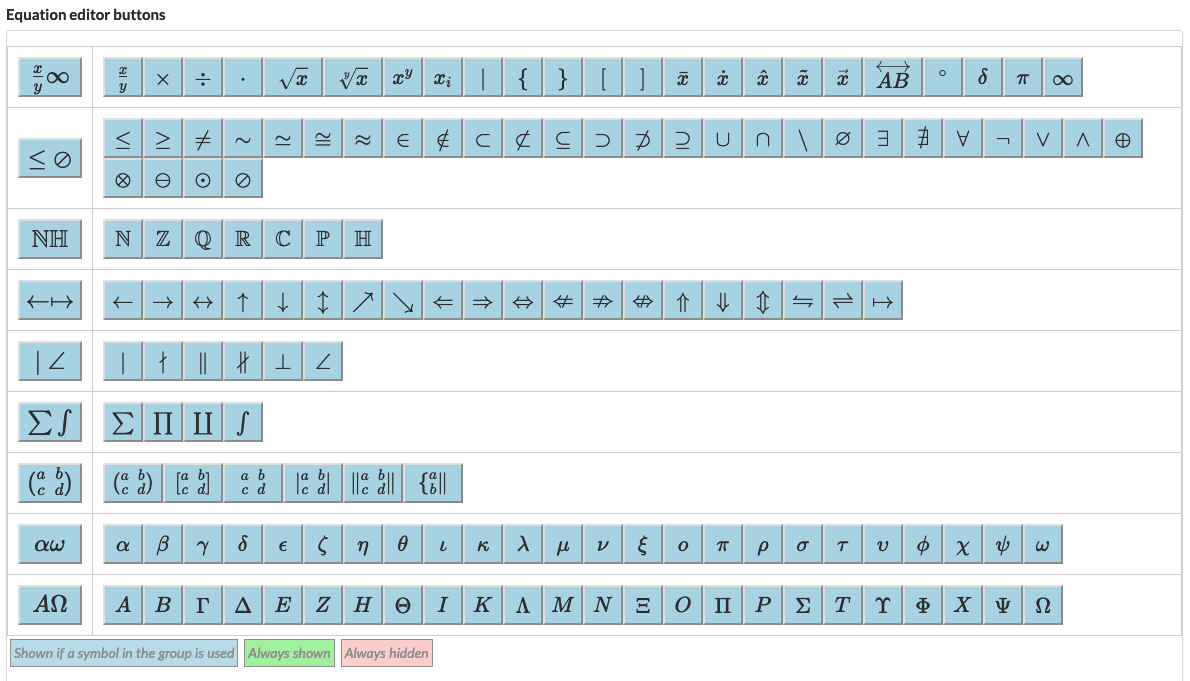
Wrap up
Thank you for reading all the way up until here, that was a lot! We're convinced that incorporating some of these 20+ ready-to-use digital Physics and STEM activities can significantly boost student engagement in physics lessons. Of course, with BookWidgets, you can also create your own online science activities. These digital tools for teaching physics not only make lessons more engaging but also help students grasp complex concepts through fun and interactive experiences.
Whether you're using virtual physics experiments or engaging physics lesson plans, the key is to create a student-centered approach that makes learning physics exciting and accessible. Embrace the power of technology in physics education to enhance student learning and foster a deeper understanding of the subject. With these resources, you'll be well-equipped to captivate your students and inspire a love for physics.
Have you tried any of these activities and want to share your experiences? Or do you have any other inspiring physics lessons? Be sure to share them in our Facebook group.
Want to learn more about creating engaging lesson activities with BookWidgets?
✔️ Follow BookWidgets on X / Twitter, LinkedIn, Instagram, and join our teacher community on Facebook!
✔️ And, be sure to connect with me, Dimitri, on LinkedIn! 👋
